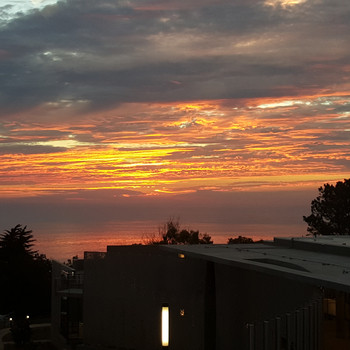What type of Ozone is a major component of smog?
1 Answer
Smog, is mainly composed of, among other things, tropospheric ozone.
Explanation:
There are two major classifications of ozone. In order for us to expound upon our understanding of this concept let's briefly differentiate between the two types of ozone (nerd-blast: us science-y types write ozone as:
Image courtesy of: Kelvinsong (Wikipedia user); Obtained from: 
Tropospheric ozone and stratospheric ozone have inverse effects on our health. We are constantly inhaling tropospheric ozone (it doesn't matter how far you are away from a major city or road) when the concentration of ozone increases and ozone is inhaled in large quantities like in cities such as in Los Angeles, Delhi, Beijing, and Mexico City, tropospheric ozone can cause us to have difficulty breathing (asthma symptoms act up, people get irritated throats, and allergy-like symptoms). Tropospheric ozone is the "bad form of ozone". The photo below was taken in Beijing, China's central business district on February 23, 2013.
Image courtesy of: 螺钉 (Wikipedia User); Obtained from: Reused under: Creative Commons CC-SA 3.0 licensing
It would take some incredible feat of science to come into contact with stratospheric ozone (you'd probably die of hypoxia [lack of oxygen] before even reaching the stratosphere). Stratospheric ozone protects us from a vast majority of the sun's ultraviolet (UV) radiation. Stratospheric ozone is also known as the ozone layer and is the "good ozone" (if we didn't have the ozone layer we'd all be burnt to a crisp).
A vast majority of the tropospheric ozone is formed from the combustion of fossil fuels, this combustion lends itself to the creation of precursor chemicals called: precursors to ozone. When these precursors to ozone come into contact with UV radiation they are converted to ozone (
I'm going to end this abruptly because, honestly I don't know how to conclude this, unfortunately the atmosphere isn't my area of expertise. I hope this helped some!

